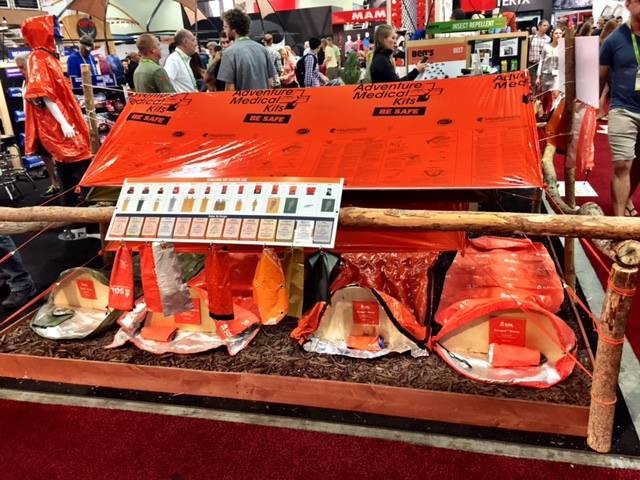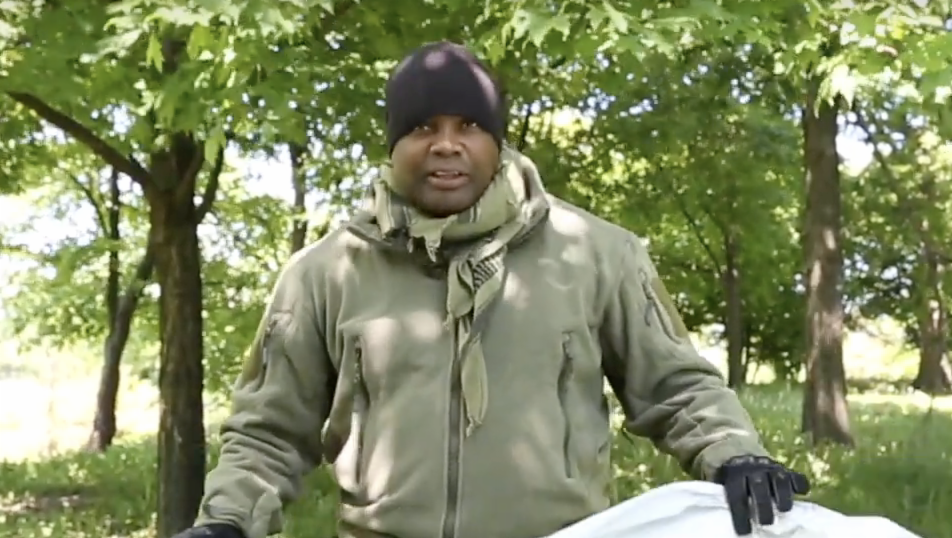Calling all Winter Camping Enthusiasts! We have 3 Tips to make your Next Trip a Success

Heatsheets Can Help When You’re Stranded on the Road
February 26, 2016
Emergency Kit 101
March 9, 2016Planning a winter camping trip? We’ve got three tips to ensure your trip will be a success and that you’ll stay warm and dry in the great outdoors. (Hint: You’ll get to recycle your Heatsheets race blankets you’ve been hanging on to!)
Whether you’re a beginner or avid camper, going out in low temperatures require a completely different mindset and travel kit than your typical summer camping trip. Use the following tips to prepare for your trip and you’ll spend more time enjoying the trails instead of wishing you didn’t forget an extra pair of gloves.
Winter Camping Attire
The first crucial tip to remember relates to your attire. Dressing in layers is an easy way to adjust your clothes based on body moisture and temperature. The three types of layers that will go a long way on any winter camping trip is a liner layer against your skin (long johns), an insulation layer (fleece), and a water- and wind-proof outer shell. Your recycled Heatsheets blankets and ponchos are a perfect addition when thinking about your winter camping attire as they ward off wind, rain, and cold temperatures.
Tip: Pack extra hat and gloves! Carrying a spare hat and gloves is a great emergency preparedness strategy. Even if you have dummy strings on all your items, it’s still better to have too many than not enough. You don’t want something like frostbite cutting your trip short.
Sleeping Essentials
A sleeping bag liner and sleeping pads are a must! Using a bag liner adds extra warmth, while minimizing wear and ultimately helps to keep your bag clean. Sleeping pads provide both comfort and insulation. It’s essential to remember to pack 2 full-length pads for a winter camping trip as these keep your body from losing heat on snowy surfaces. Pads are rated by R-value, the measurement of insulation, ranging from 1.0 and 8.0. The higher the R-value, the better it insulates.
Tip: Don’t have space for 2 full-length pads? Fold your Heatsheets blankets or ponchos to fit the size of your mat for extra warmth. In cold temperatures the durable yet lightweight blanket reflects up to 90 percent of body heat back to the user.
Meal Planning
When packing meals for your trip, try to include plenty of carbohydrates to get plenty of energy for hiking and ultimately just to keep your body warm. Drinking plenty of water, even when you’re not thirsty, will protect you from the dry winter air and suffering from dehydration. Water is also a good source, used by your body, to generate heat.
Tip: Remember to turn your water bottles upside down in below-freezing temperatures, this ensures that ice forms at the bottom of your bottle instead of at the opening.
Have a winter camping tip you’d like to share? We’d love to hear from you. Tweet us and share your favorite winter camping photo!


